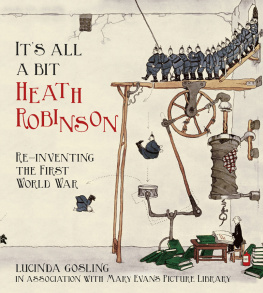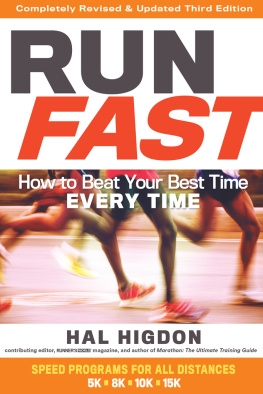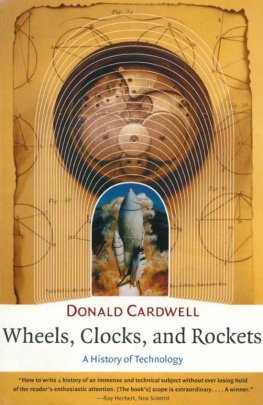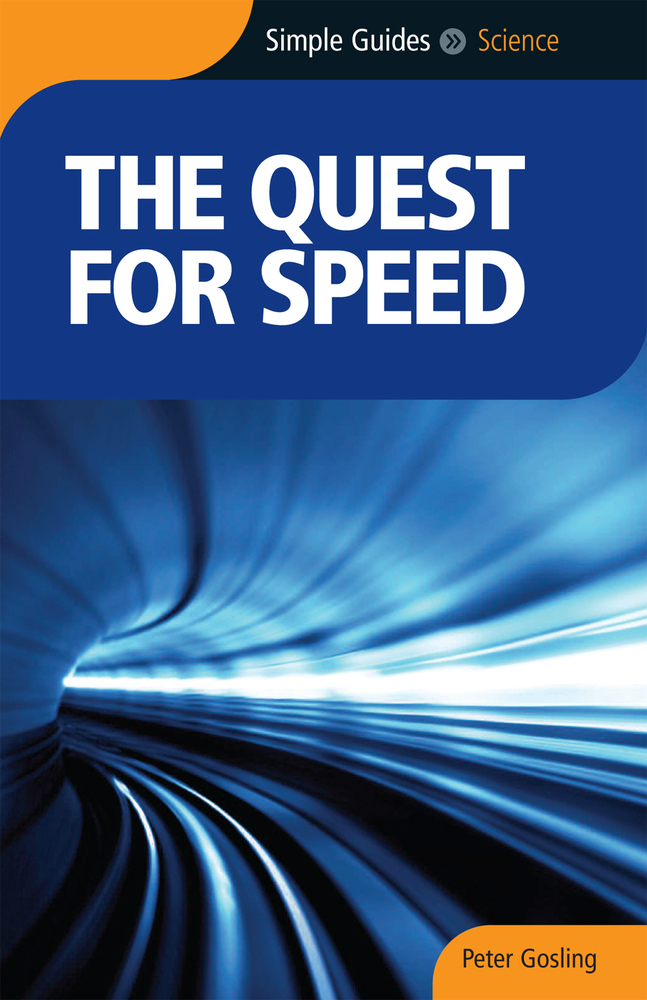
Published in Great Britain by
Kuperard, an imprint of Bravo Ltd
59 Hutton Grove, London N12 8DS
www.kuperard.co.uk
Enquiries:
Copyright 2010 Bravo Ltd
All rights reserved. No part of this publication may be reproduced, stored in a retrieval system, or transmitted in any form or by any means without prior permission in writing from the Publishers.
Series Editor Geoffrey Chesler
eISBN: 978-1-85733-643-6
British Library Cataloguing in Publication Data
A CIP catalogue entry for this book
is available from the British Library.
Cover image: Airport tunnel, szefei/iStockphoto.com
Images reproduced under Creative Commons Attribution ShareAlike licence 3.0: Husky (original)
Images reproduced under Creative Commons Attribution
ShareAlike licence 2.5: AYArktos;
and under Creative Commons Attribution ShareAlike
licence 2.0: Mark McArdle
Image on courtesy of the State Archives of Florida
v3.1
Contents
Opening up the Worldthe Birth of
- Long-Haul Flights: 191849
List of Illustrations
Introduction
One morning in 2008 we drove to our local railway station at Stamford, in Lincolnshire, to begin a journey. We were going to visit our daughter and her family in Voorschoten, a small town in the Netherlands about ten miles from The Hague. We took the train to the airport and flew to Amsterdam, where our daughter met us and drove us to Voorschoten. Travelling time: 5 hrs and 19 mins.
If we had done the same journey one hundred years earlier, in 1908, we would first have travelled by train from a station near our home to Harwich, on the Essex coast, which would have taken five hours. We would then have taken a ferry to the Hook of Holland, near Rotterdam, which would have taken six hours. From there we would have travelled to Voorschoten by steam trams light railways powered by steam locomotives.
Had we had lived in London at that time, we would have taken one of the twice-daily boat trains to Harwich. It would have been driven straight on to a waiting ship, off again at our port destination, and on to Holland Spoor station in The Hague. We would then have taken a steam tram to Voorschoten. Whatever the route, there would have been much waiting about, and it is possible that the whole trip would have taken up to two days.
Going back another hundred years, to 1808, there would have been no such problems, because the journey would never have taken place: few people would have thought of moving abroad, and we would not have considered visiting them. Our daughter would almost certainly have lived in the same town as we did, in an adjacent street. These snapshots of the same journey show how quickly the speed and technology of travel have moved on, bringing dramatic changes to our lives.
Our quest for speed has been driven by two desires. The first is the wish to go as fast as possible by any means at our disposal, and preferably faster than anybody else. The second, more practical, desire is seen in the improvement in the quality of our transport and travel. The two are closely linked: by pushing technology to the limit, the improvements have filtered down to everyday means of transport. The object of this book is to show how these two ends have been achieved in travel on land, by sea and in the air, since they are all, in many ways, interconnected. We also look at some of the ways that travel will change in the future. As the technology has improved, so times and distances have shrunk, and the world has become a smaller place.
Chapter 1
Speed Over Land
On Foot or by Wheel
The discovery of the wheel was Mans first technological breakthrough. If we look at all the different methods that save us having to walk everywhere the machines that power them and the machines that themselves make the machines they all need wheels. The oldest known wheel was found in Mesopotamia, in modern Iraq, and is believed to be over five and a half thousand years old.
In the beginning someone must have realised that a heavy object could be moved more easily if a fallen log, for example, was placed under it and rolled along. Doubtless someone else then had the bright idea of moving heavy objects on a sledge, with a series of rollers underneath, that were expelled at the rear as the sledge moved along. The expelled rollers could then be reinserted at the front of the moving object, and so on. The next improvement would have been the creation of axles, when it was discovered that, as the sledge moved over the rollers, it wore a groove along the inside length of each roller, leaving a wheel standing proud at each end. Someone must have realised that if he could fix an axle beneath the sledge, with a wheel mounted at each end and rotating about it, he had a cart. After that, the next problem that needed to be solved was how to make the cart turn corners.
Early roads
Early men travelled along well-trodden tracks that were used to move sheep and cattle from place to place. As time went on these tracks became easier to navigate, as stones were cleared and trees cut down to make way for travellers. Such paths have been found in all parts of the world in Europe, Asia and the United States. As wheeled transport of a primitive kind appeared, there came a need for better roads. Five thousand years ago a few simple brick paved roads appeared. Then, some two and a half thousand years ago, as the Romans conquered new territories, they needed to move their armies quickly across occupied lands. Their roads had to be capable of carrying chariots and carts, as well as their foot soldiers. The resulting roads were great feats of engineering, some of which are still visible today in Europe and Asia Minor.
Intended as highways, Roman roads were raised up on a cambered bank of material dug from roadside ditches. In general there were three layers: a layer of large stones, covered by a second layer of smaller stones, with a top layer of gravel or small stones. Each layer was between two and twelve inches deep.
The modern roads we enjoy today are there largely thanks to John McAdam, the inventor of a road construction method that was not only cheap, but also very effective, by providing a surface that made travelling more comfortable. The road construction allowed water to drain off by raising it above the surrounding area with layers of stones and side ditches. The layers could then be compacted by a heavy roller. The technique proved to be so effective that it was copied all over the world.
John Loudon McAdam (17561836), Scottish engineer and road-builder, pioneered the process known as macadamising, for building roads with a smooth, hard surface that was more durable and less muddy than soil-based tracks.
Stagecoaches
For thousands of years, if a man needed to travel, he would have to walk. Or, if he had enough money, he would ride his horse. If he was really wealthy, he could travel in a coach pulled by horses. This meant that the majority of people lived in small communities and seldom strayed far from them. However, by the late seventeenth century carriages that had previously been conveyances solely for the rich became more readily available as public coaches, for hire. In England, these travelled between London and cities such as Oxford on a daily service; journeys to York, Chester and Exeter would take up to four or five days. Each coach could carry up to six people, and travel was priced at a few pence per mile. Coaches travelling up the Great North Road (now known as the A1), between London and York, would stop to change horses at the George Hotel in Stamford, in Lincolnshire. This famous hotel still exists, and possesses rooms called The York and The London, where passengers would rest according to the direction of their travel. Travellers from London to Edinburgh would also have stopped here on the ten-day trip to Scotland.













